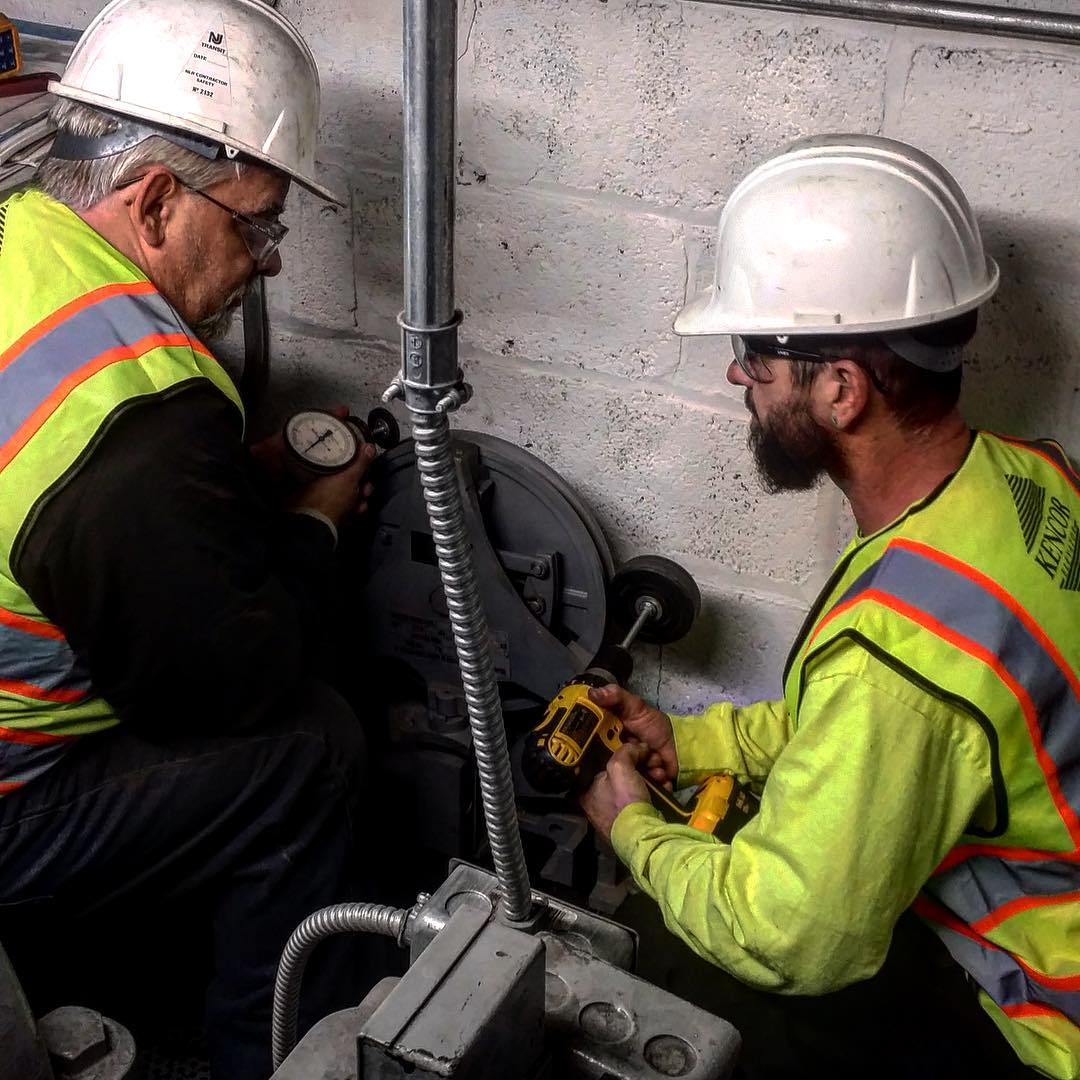Elevator Full-Load Test Requirements and Procedures

The local Authority Having Jurisdiction, or AHJ, necessitates and indicate the elevator testing and inspection requirements in your area. Failing to abide by these requirements can lead to serious consequences including financial penalties. On electric traction elevators, one of the most important tests that must be conducted is a CAT5 full-load test.
What is a CAT5 Full-Load Test?
A category 5 full-load test is a process intended to make sure that your elevator is performing in the way in which it was originally designed by lifting its rated (maximum) load at its rated (maximum) speed.
Throughout this test, the elevator is loaded with its rated load to ensure all of its safety systems are functioning normally. In addition, 125% of the elevators rated load is placed inside of the elevator, which ensures the elevators brake system is working properly.
How Often Does This Test Need to be Performed?
As the name suggests, the industry standard is to perform this test every 5 years. However, it is up to the AHJ to make the final determination for the jurisdiction.
Requirements by State
| PA | NJ | DE | MD |
| Full-load every 5 years | Full-load every 5 years | Full-load every 5 years | Full-load every 5 years |
What Happens if I Fall Out-of-Compliance?
If your elevator does not have its inspections and testing performed at the specified intervals, they can be removed from service by the AHJ and taken out of commission. Additionally, there is a safety risk of not conforming to the standard and you could be putting those who ride your elevator at risk, including the public invitee.
For the safety of your equipment and your riders, all elevators must be regularly inspected and tested.
For more information, please visit Elevator Testing and Inspections or contact us at 800-220-4046 today.
